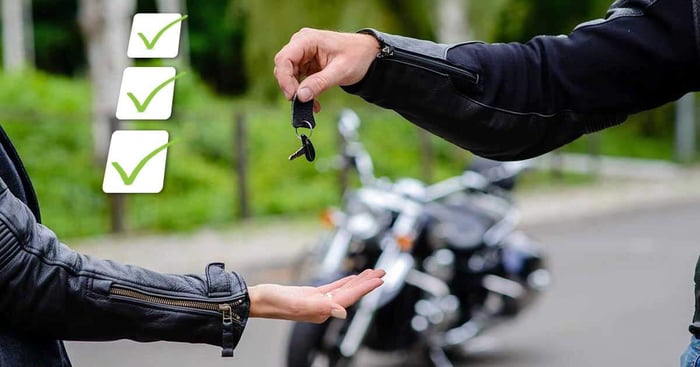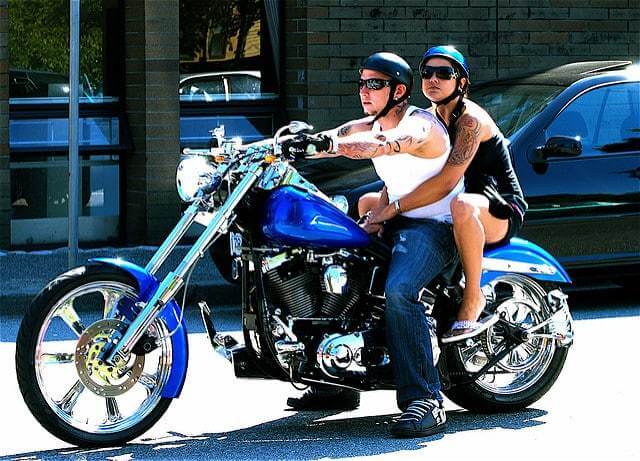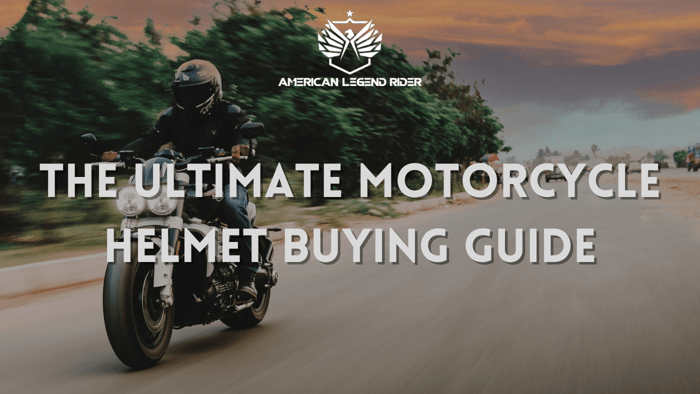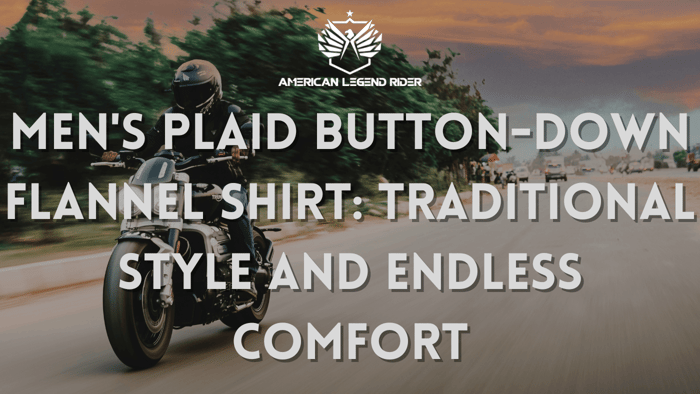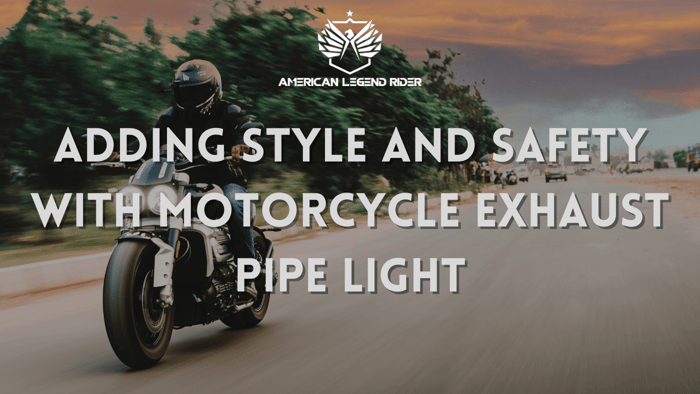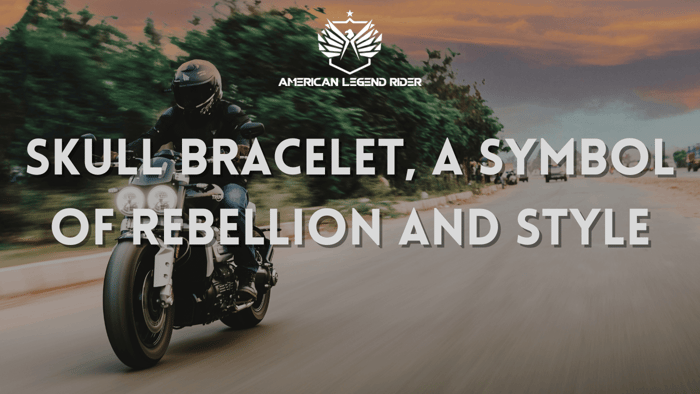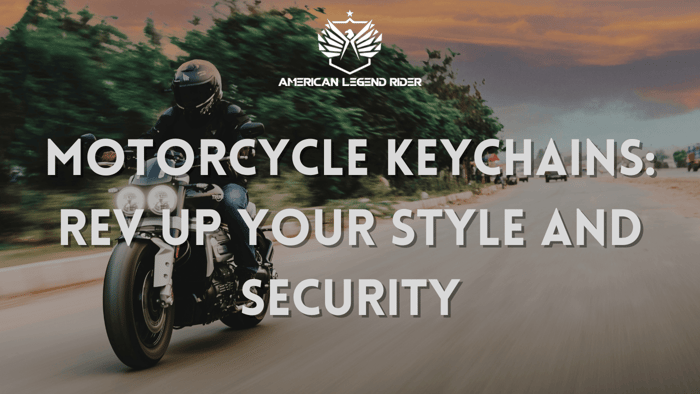As general rule of thumb, you want a bike that meets certain minimum criteria to be sure that it’s at least half decent and that you are not paying more than you should. The key takeaways at any given time when looking for a used motorcycle is to always check that:
- The bike is crash-free, does not have any damage on the body
- The bike does not leak fluids
- The overall appearance of the bike is pristine
When you walk up to the bike for the first time, you should be able to tell that the bike has been taken good care of by the owner. The bike’s exterior is a true reflection of the owner’s effort in servicing and taking care of the bike. Once you are satisfied with the general condition of the bike, it’s time to get cold to the details that matter. For this, you will need a used motorcycle checklist.
Check the VIN
This is perhaps the most important step to begin with because it shows you whether the bike really belongs to the person and that the VIN number has not been re-stamped.
Check the numbers physically and make sure that they are original to the motorcycle. Certain motorcycles have a high theft rate which is why you will need to be careful that you are not looking at a re-stamped bike. Check the title numbers and that they match with the headstock.
The last thing you want is to buy a bike that you cannot register or has discrepancies that make it difficult to register. Sometimes, the bike may be registered in another state, or may not have a current registration or sticker. In this case, you should alert the State department and determine how much you have to pay in fees to bring it current.
Perform a cold start
Buying a motorcycle from a private seller allows you to examine the bike on cold start and see how it runs. Different bikes have varying degrees to which they will run on a cold start –the cold start temperament –which you will eventually get used to. But be careful when buying a biker from a private seller, especially if it’s an old bike. It is extremely easy to miss starting and running problems on a hot bike.
Before you start the bike, feel that the exhaust pipes and jugs are ice cold. Also, notice any unusual sounds or behavior after the bike runs for at least one minute. If the growl is too unnatural, you may have some problems brewing even before you take the bike home.
Check the bar ends, foot pegs and levers
The foot pegs, bar ends and levers are good indicators of the condition of the bike and you should pay close attention to how they look. If they are damaged or have some sort of serious scratches, then the motorcycle might have been down a couple of times. This could spell a much deeper problem. If you want to be sure that the bike has not hit the pavement, check if the levers have any sort of a curl that indicates it may have been hit or tipped over. Usually, a rash on the levers goes to show that the bike was not given maximum care or may have been damaged. Some sellers will have the old levers replaced with new aftermarket levers which is a give a way that the bike was damaged at some point.
Miles accumulated
High miles may mean that the bike has a lot of wear from years of use. While a high mileage motorcycle may mean more costly repairs down the road, sometimes it all depends with the type of motorcycle.
Some bikes are simply built to rack up miles and still run as good when taken care of properly. Some bikes are built for adrenaline and high performance, which is why they may not last long and are often subject to a lot of tear and wear. For example, sportbikes, dual sports and dirt bikes are built to deliver high performance for a short period of time.
You should check how many miles the bike has accumulated and compare with other bikes within a similar range. This will give you a feel of whether the bike was ridden hard and if you should consider it. How was the bike ridden mostly? Was it on the track? Off-road? On winding roads or simple cruises? For instance, if the bike was ridden on twisty roads the powertrain tends to wear a lot faster.
Maintenance record
The best chance you have of knowing that a bike was well-kept is to look at the maintenance record by the seller. You want a bike that has been taken care of by the dealer, but also don’t overlook any maintenance work done by the owner. In fact, some owners are very passionate about their motorcycles that they do a pretty job better than any dealer would.
Maintenance records show that the bike has been taken good care of, especially if the work was done from a certified dealer or a reputable shop. In case you decide to sell the bike later, a book of records will add value to the bike and make it easier for you to sell.
Parts
If you are not careful, you could end up with a bike made almost entirely of aftermarket parts. You want to see a consistency when it comes to the parts of the motorcycle that you want to buy.
And this is where your initial research before buying a motorcycle should help you identify whether a biker has been replaced with cheap parts at the expense of OEM parts. In some cases, some replacements are actually an upgrade while in others, the cheap replacements simply make the bike less desirable.
For any replacement that is not from factory, ask why it is there. Areas such as fairings, pegs and lights are much easier to replace with non-OEM parts which is why you need to pay attention to such areas during an inspection. These kinds of replacements are sure signs that the bike was damaged during a crash. Does any part look newer than others? This might be a replacement and you need to ask the owner questions or you might end up with a junker that has seen numerous accidents. Generally, parts that don’t match require a legitimate explanation from the seller.
Assess the general condition of the bike
It is important to understand what you are looking for when buying a used motorcycle. To understand some piece of equipment or method, you may need to ask the seller if you do not understand something. Even experienced buyers often have to ask questions if they don’t understand how a piece of equipment works.
Generally speaking, look at the condition of the bike beyond the motorcycle’s mileage, service records and so on. Is the motorcycle shiny? What are the conditions of the tires? Drips and seat covers? Finally, ask for an owner’s manual, factory keys and paperwork that you require. Usually, these things show that the bike received very good care from the owner.
